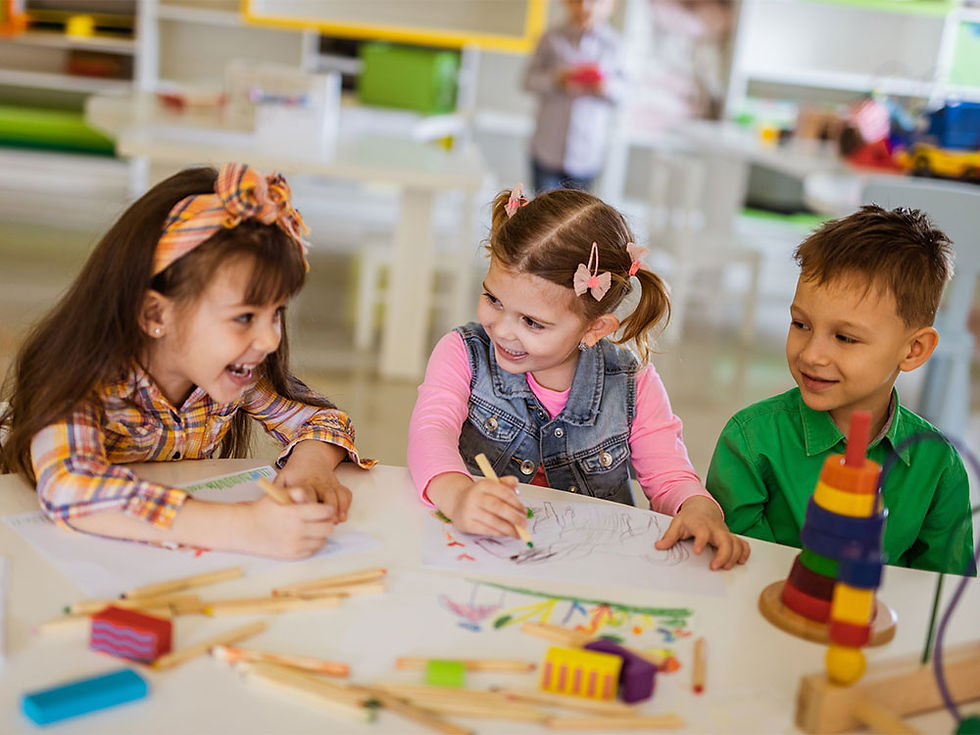
The speech of a child who is 4-5 years old typically demonstrates significant progress and development compared to earlier stages. Here are some common features you can expect to see in the speech of a child of this age:
📍Increased vocabulary: Children in this age range have a rapidly expanding vocabulary and can use and understand a wide range of words. They can express their needs, describe objects, and talk about past and future events.
📍Longer and more complex sentences: Four to five-year-olds begin to use more complex sentence structures, including conjunctions (e.g., "and," "but," "because") and prepositions (e.g., "on," "under," "behind"). Their sentences become longer and more grammatically correct.
📍Improved pronunciation: At this stage, children's speech becomes clearer, and they are able to pronounce most sounds correctly. However, they may still struggle with some complex sounds like "r," "th," or "s" blends.
📍Storytelling and narration: Children in this age group show an increased ability to tell stories and narratives. They can organize events in a logical order, use appropriate verb tenses, and include more details and descriptions.
📍Use of questions: Four to five-year-olds begin using a variety of questions to seek information and engage in conversations. They can ask "what," "where," "why," and "how" questions to gather information about the world around them.
📍Conversational skills: Children in this age range become more skilled at turn-taking during conversations. They can listen to others, respond appropriately, and stay on topic for longer periods of time.
📍Awareness of grammar rules: While they may not fully understand grammatical rules, children at this age start to demonstrate an awareness of them. They may occasionally correct their own or others' grammatical errors.
📍Imaginative and pretend play: Four to five-year-olds often engage in imaginative play, creating and acting out scenarios using their growing vocabulary and speech skills. They may imitate roles and situations they have seen or heard about.
📍Use of possessive pronouns and plurals: Children in this age range begin using possessive pronouns (e.g., "mine," "yours") and plurals correctly. They understand the concept of ownership and can use possessive forms appropriately.
📍Emergent literacy skills: By the age of 5, many children start showing an interest in letters and words. They may recognize and write some letters, attempt to spell simple words, and enjoy activities that involve early literacy skills.
Remember that there can be individual variation in children's speech development, and some children may exhibit these features earlier or later than others. It's essential to provide a supportive and language-rich environment to encourage further speech and language development.
Yours, Samira Amrani

Comments